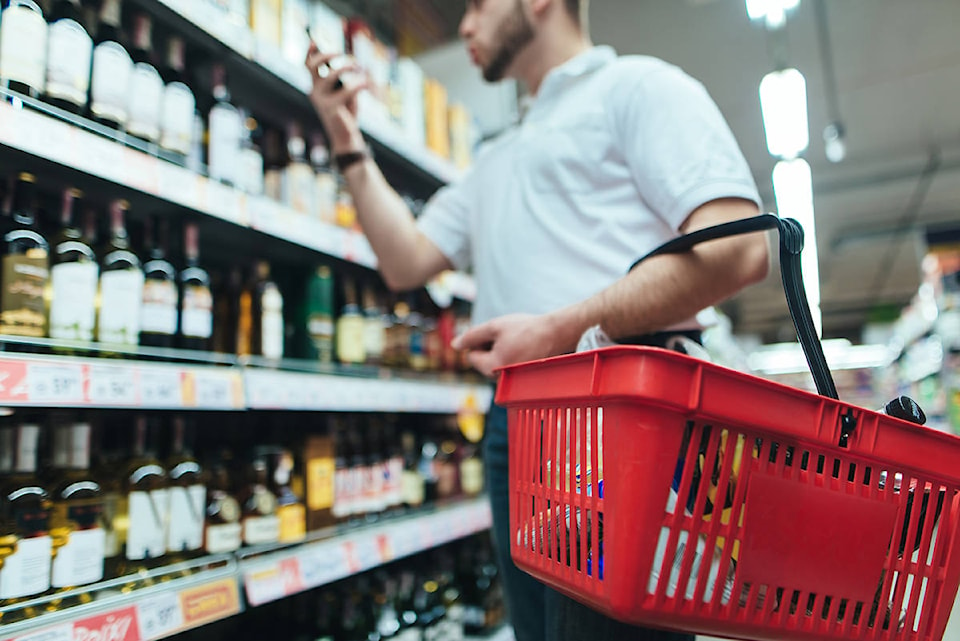Recent data from the Canadian Institute for Substance Use Research (CISUR) shows that alcohol consumption is continuing to rise on Vancouver Island.
The University of Victoria-based institute has tracked alcohol consumption for over a decade through its BC alcohol and other drug monitoring (AOD) project.
CISUR’s recent data shows that Vancouver Island residents 16 and older consumed an average of 11.5 litres of absolute alcohol in 2016, which is equivalent to 667 standard drinks per year or 12.8 standard drinks per week.
(One standard drink equals: 341 ml of 5 per cent beer, cider or cooler, 43 ml (1.5 oz) shot of 40 per cent hard liquor, or a 142 ml (5 oz) glass of 12 per cent wine).
Vancouver Island’s statistics for liquor consumption are above the B.C. average of 9.4 litres of absolute alcohol per year.
CISUR director Dr. Tim Stockwell says relaxed liquor regulations in 2014 contributed to the increase in alcohol consumption. The provincial government implemented new policies on liquor sales that year in order to support liquor producers in B.C., as well as the tourism and hospitality sectors.
“After the liquor reforms kicked in in 2014, we had two [years] of the largest increase in per capita consumption,” he said. “It was a big initiative and they were keen to create favourable marketing conditions for B.C. winegrowers, craft brewers, distillers. All local manufacturers and retailers.”
Increased hospitalizations
The institute’s data also shows that hospitalizations as a direct result of alcohol consumption have increased more than 35 per cent on Vancouver Island since 2002.
Dr. Charmaine Enns, a regional health officer for Island Health, says the increasing consumption of alcohol is a “significant problem across Canada.” She noted how a 2017 report from the Canadian Institute for Health Information found that more people were hospitalized for alcohol-related reasons in Canada than heart attacks in 2015-16.
“This is why we need to increase the conversation about alcohol,” she said. “For the most part, people are not really aware of the increasing amount of consumption and the increase in harms that go with consumption.”
Enns believes the normalization of drinking in society, as well as the 2014 liquor reforms, are why its use is increasing in B.C. and across Canada.
“On one hand, we’ve made it so much a part of everyday life, as well as how we socialize,” she said. “Secondly, we have policies and regulations that actually help promote the use of alcohol without counter-measures to help reduce harm.”
She said taxing alcohol in the same manner as tobacco, or implementing pricing controls, could be some ways to decrease liquor consumption.
“From a public health perspective, we’d very much like to see pricing that changes with alcohol content,” she said. “We should have minimum pricing that changes with inflation, and we should have pricing that reflects alcohol content.”
Stockwell agreed with Enns that regulated pricing could help stem the increase, though he acknowledged that people enjoy the freedom that came with relaxed regulations.
“Because a lot of people hate to be told what to do and have their access to alcohol — which is a very popular commodity — restricted, we have to have a very good and clear dialogue. People need information to make decisions,” he said.
“We need to reflect on the evidence. If we want to change things, we need to tighten things up in certain areas.”
For more information on the Canadian Institute for Substance Use Research, or its OAD project, click here.
